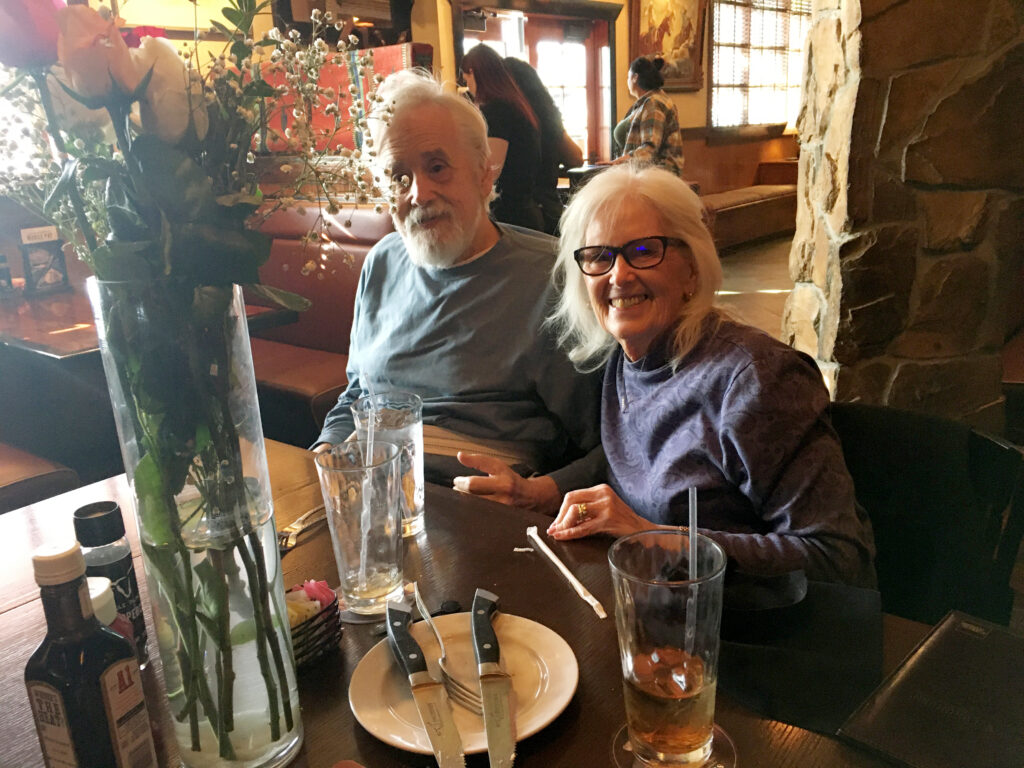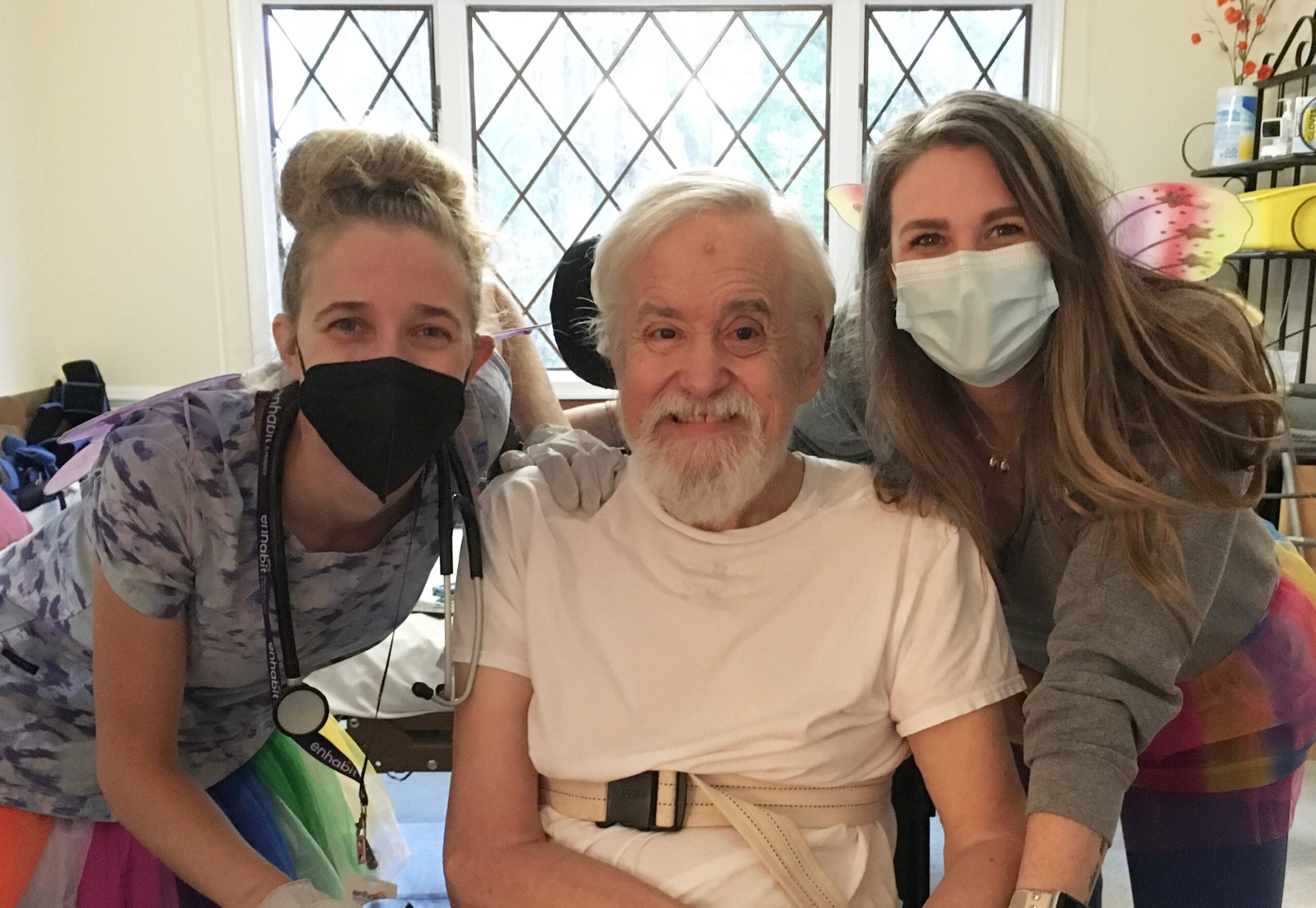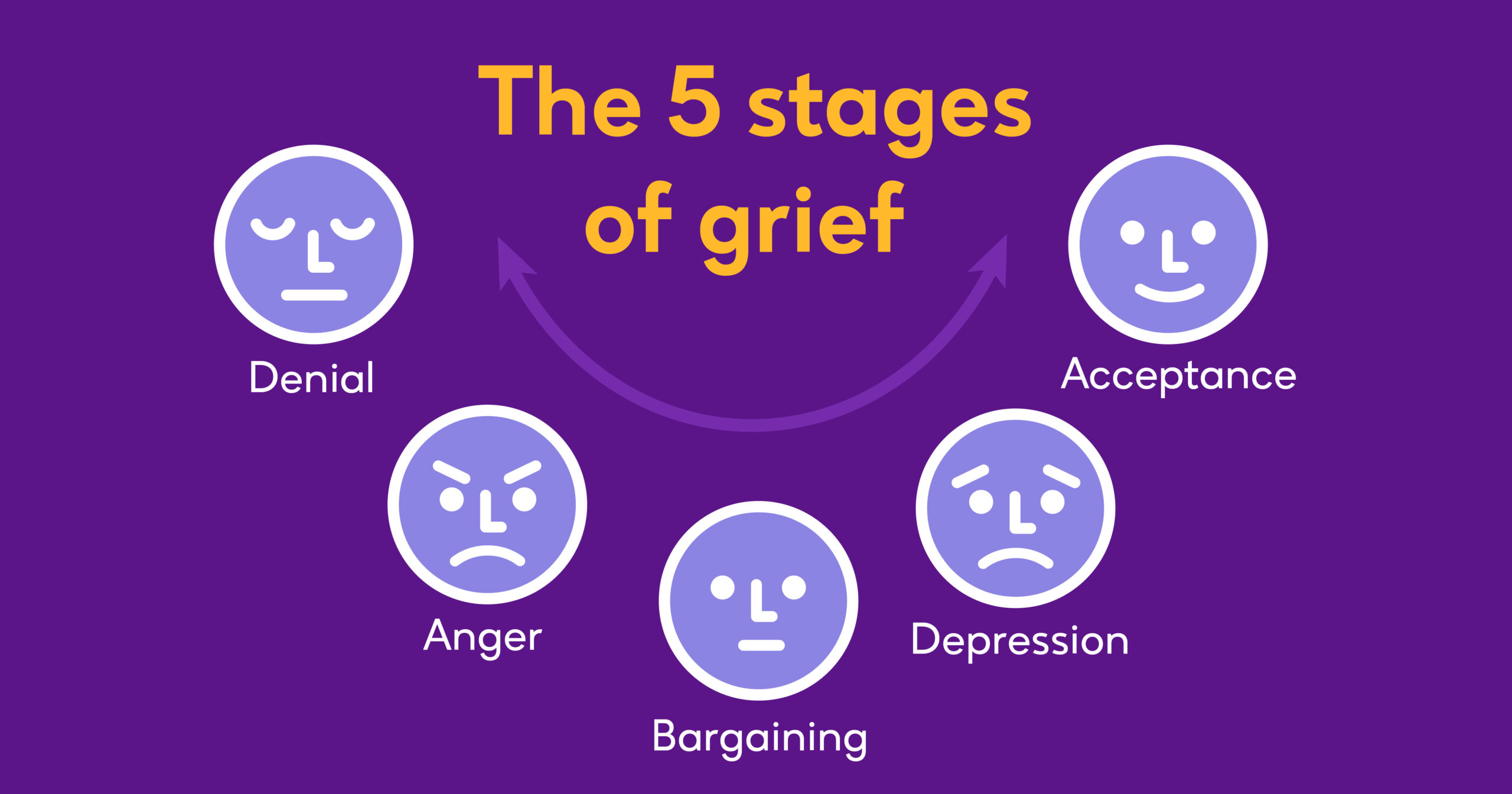Rehabilitation is essential to a patient’s stroke recovery. When care is provided in a home setting, it is shown to be more effective in creating relationships, goals, encouragement and problem-solving skills, according to the Journal of the American Heart Association.
Luckily for Paul, the majority of his stroke recovery took place in his home with his Enhabit Home Health & Hospice team.
Paul’s stroke
In July 2021, Paul had a right-sided stroke that caused him to lose all mobility on his right side. He was suddenly unable to get out of bed and do the things he loved.
Before Paul’s stroke, he lived his life as a traveler, exploring the U.S. to see family and visit with friends. And he spent his free time going on dates with his wife Rosemary. They frequented local restaurants around their town, ordering Paul’s favorite: root beers and french fries.
After Paul had his stroke, the couple could no longer be their independent selves. And Rosemary couldn’t help transfer Paul anywhere on her own. They had to rely on others and a Hoyer lift to just help Paul out of bed.
After spending time in the hospital and an inpatient rehabilitation facility, Paul and Rosemary chose Enhabit to begin home health care.
High-quality care equals a high-quality stroke recovery
Kaitlin and Stephanie, Paul’s physical and occupational therapist, got to work right away after meeting Paul. They set achievable goals for him to hit every week. And according to Rosemary, they quickly had Paul sitting up on the side of the bed on his own.
“They were amazing,” Rosemary said. “And in addition to just their strength and knowledge, they were so positive and encouraging.”

Kaitlin and Stephanie worked with Paul in joint sessions, slowly building up his strength and mobility. By the time of their last visit with Paul, Rosemary was able to help him transfer all around the two-story house.
“They could very quickly sort out issues or make minor corrections that were needed to make it easier for Paul to sit or stand,” Rosemary said. “And whenever they weren’t coming for that day, they gave him basic exercises that helped improve movement in his hands, arms and legs. They were so incredibly knowledgeable, encouraging and there was a lot of laughter whenever they worked with Paul.”
Treating the whole patient, not just the stroke
At Enhabit, clinicians know the importance of seeing the patient as a person and not just their disease or condition. Kaitlin and Stephanie exemplified this while caring for Paul.
“They were all about engaging Paul in conversation about what was happening in the world or a story about their children or an adventure they had on the weekend,” Rosemary said. “Kaitlin entertained him one day by telling the story about her skydiving experience. They were so great with asking Paul about trips and details from our lives.”
And as Rosemary said, the therapists could get Paul laughing quickly. Oftentimes, Paul would be unsure about the goals of the day. But Kaitlin and Stephanie could laugh him right into whatever skill or goal they wanted him to achieve.
“Stephanie and Kaitlin were very helpful,” Paul said. “They were attentive to my needs and they made me laugh a lot.”
Getting back to life after stroke recovery
Adjusting to life post-stroke was tough on Rosemary and Paul. They went from going everywhere, just the two of them, to always needing the support of assistive devices or other caregivers.
But through their work with Enhabit clinicians, they regained a bit of liberty. Their first outing together after Paul’s stroke was to a drive-in restaurant.
“It was liberating to feel that we could actually leave the house without hiring a wheelchair van and those kinds of things,” Rosemary said. “It was that early step to feeling kind of normal again.”
Eventually, as Paul’s mobility came back, so did the normalcy of life.
“He is now able to walk more than 70 feet after being on service with us for a little over a year,” Kaitlin said. “He is happy that he doesn’t have to be in bed all day and that he can leave the house with his wife to go on little dates like they used to do!”
Having a stroke didn’t stop the Valentine’s celebration

On Valentine’s Day, Rosemary and Paul got to venture out for the first time in a few years for a romantic date. Paul was ecstatic to be able to sit inside, order his favorite foods and spend time with his wife again.
“I like to go to restaurants and I really liked being able to go with Rosemary on Valentine’s Day,” Paul said.
That day was special for Rosemary and Paul, but so are the other days that followed. Now that Paul is no longer on home health services with Enhabit, Rosemary can manage his care on her own much easier.
The couple now spends their days sitting around, chatting with their loved ones, enjoying Girl Scout cookies from their grandchildren and, of course, going to restaurants so Paul can get his beloved root beer and french fries.
Social Share
At Enhabit our patients are our number one priority. From providing the latest medical practices to building deep personal connections, we’re focused on upholding every patient’s dignity, humanity and sense of control on their health care journey.
Home health
Our home health services give patients access to the care they deserve in the comfort of their own homes. From disease and injury management to recovery from surgery, our clinicians help patients confidently achieve their healthcare goals.
Hospice care
Our hospice care services place importance on the comfort of every patient living with a terminal illness. Our caring professionals are dedicated to providing not just physical care, but spiritual and emotional support to every patient and their loved ones.






